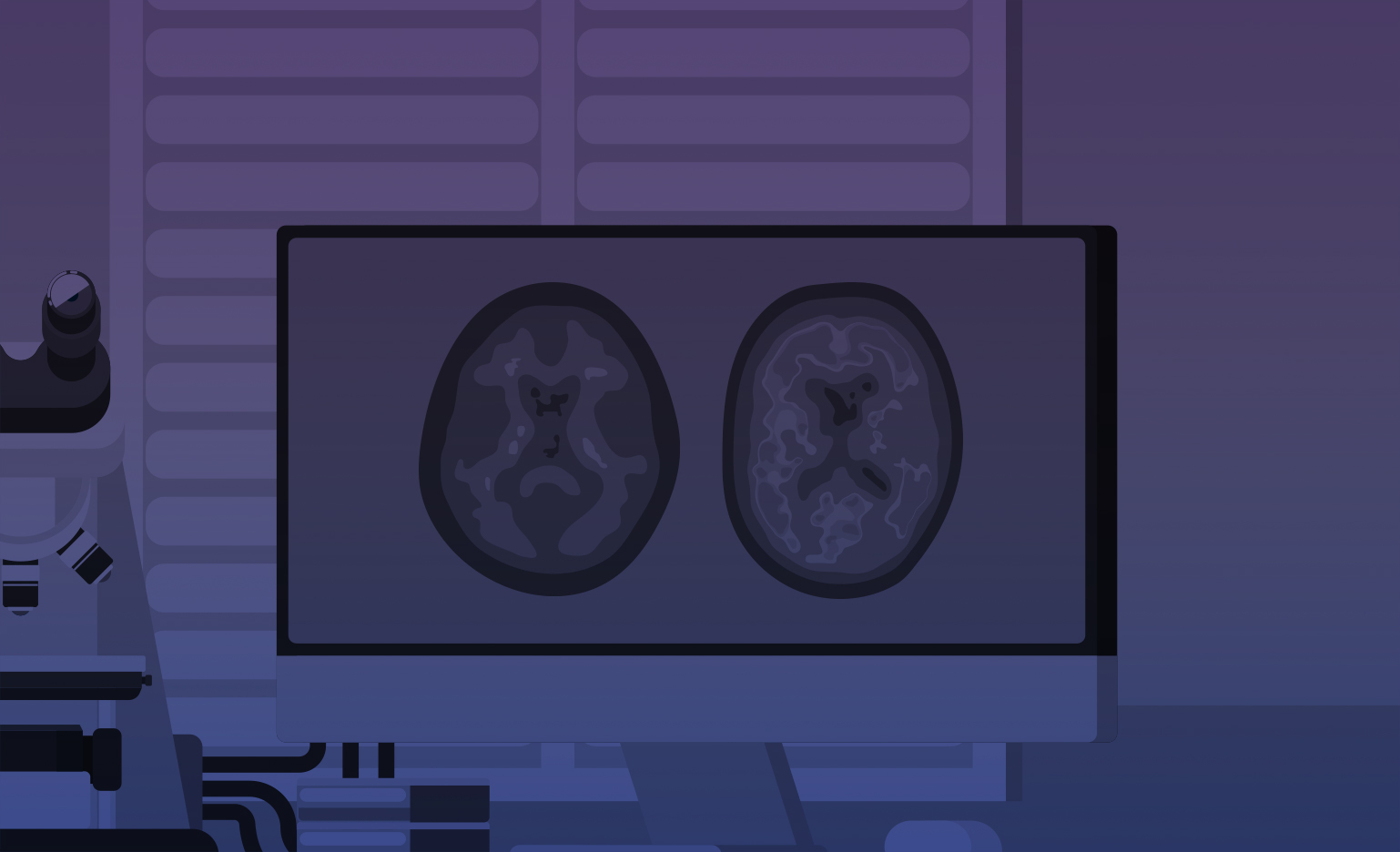Amprion Inc
Amprion Inc
Evaluation of the Clinical Utility of α-Synuclein Seed Amplification Assay as an Aid in the Diagnosis of Dementia and Differentiation of Dementia Subtypes
There are several types of dementia that have overlapping clinical symptoms, making it difficult to diagnose and distinguish between dementia subtypes, and highlighting the need for accurate and reliable biomarkers. Diagnosis and classification of Alzheimer’s disease (AD) based on the AT(N) biomarker profile considers the presence of Aβ plaques or associated pathologic state (A); the presence of aggregated tau or associated pathological state (T); and the presence of neuronal injury and neurodegeneration (N). While these attributes cover the primary pathology present in AD, a significant proportion of AD patients have atypical phenotypes. Research into atypical AD has revealed neuropathological heterogeneity, including a high percentage of AD patients with Lewy body co-pathology, and driving efforts to expand the AT(N) classification system to include novel biomarkers (X) for other underlying pathogenic mechanisms involved in the AD disease continuum. Amprion has previously demonstrated that its qualitative Seed Amplification Assay (SAA) for detection of misfolded alpha-synuclein aggregates in cerebrospinal fluid accurately predicts Lewy body pathology in AD patients who are not suspected of having Lewy body co-pathology. In the present study, we will work closely with members of the Wisconsin Registry for Alzheimer’s Prevention (WRAP) study. WRAP is a longitudinal cohort study enriched with persons with a parental history of probable AD dementia, with major goals to determine what information, including biomarker data, can be used to identify early cognitive decline and predict trajectories of disease. Aliquots of CSF from ~400 participants will be analyzed in a blinded fashion in Amprion’s CLIA laboratory for presence of misfolded aggregates of αSyn by qualitative SAA. Results from SAA testing will be combined with other biomarker data to create an expanded biomarker profile [AT(N)S], and evaluate whether information on presence of pathogenic αSyn improves the ability to distinguish dementia subtypes and predict trajectory of cognitive decline in subjects at risk for developing AD dementia.

